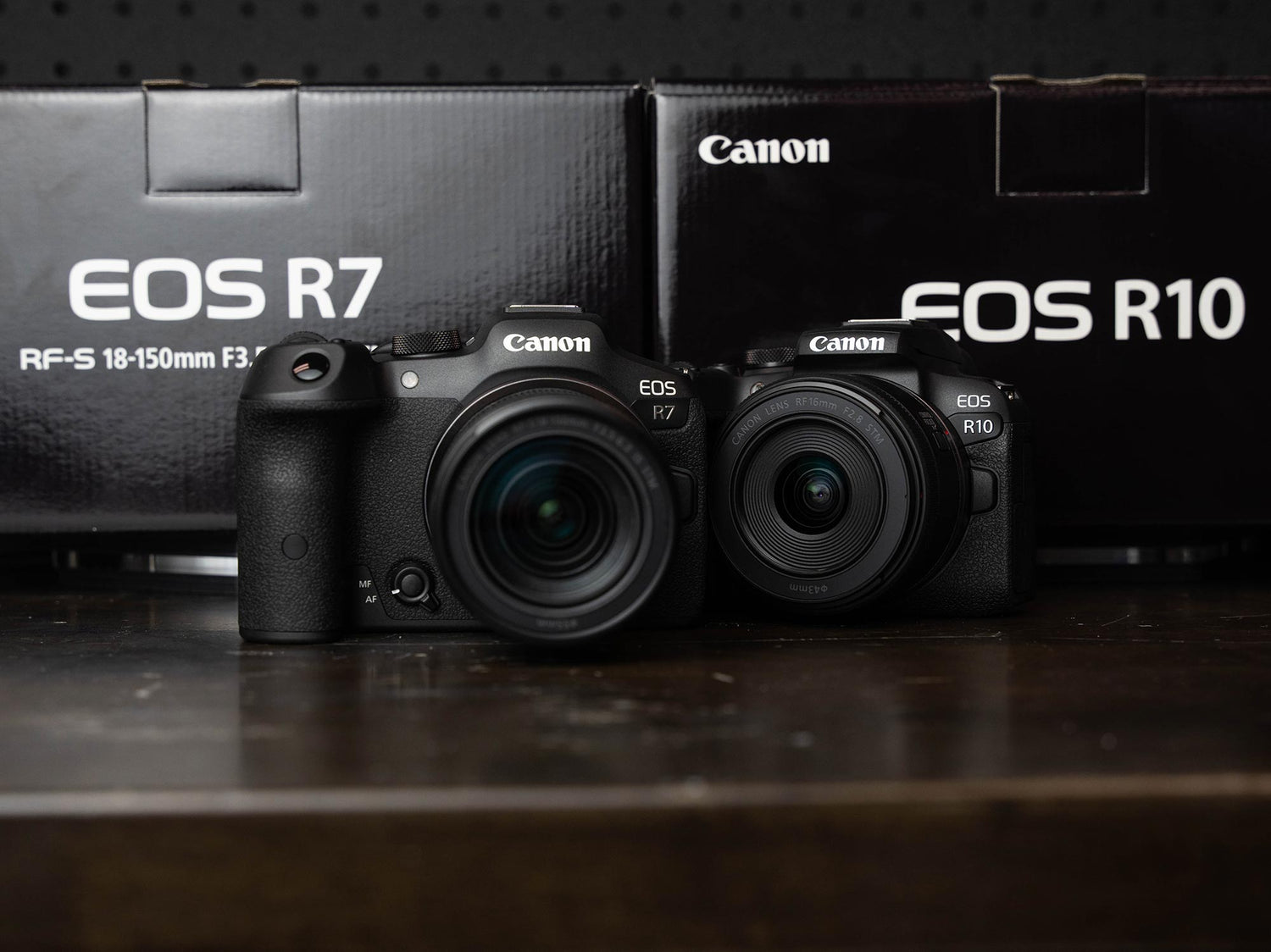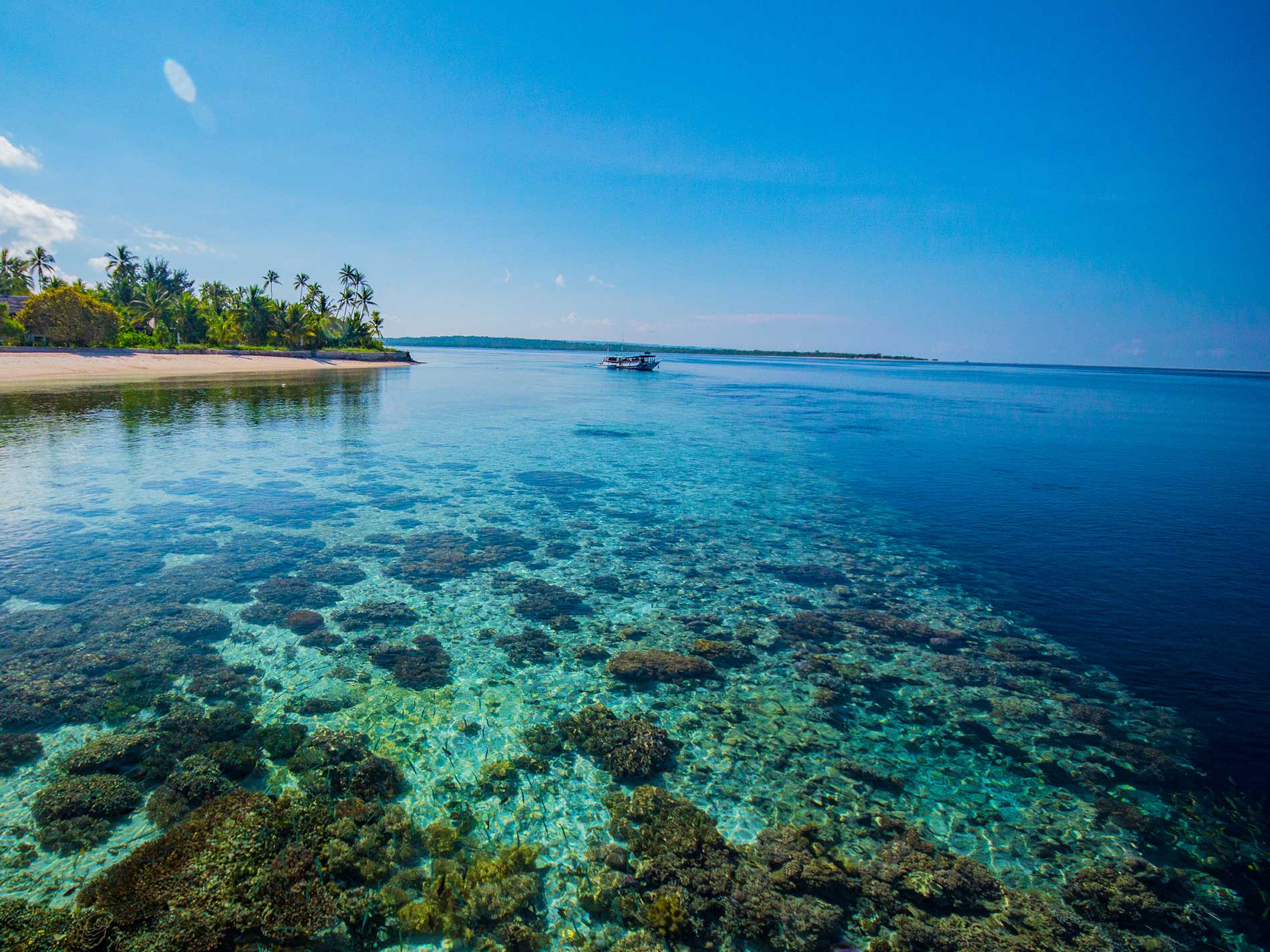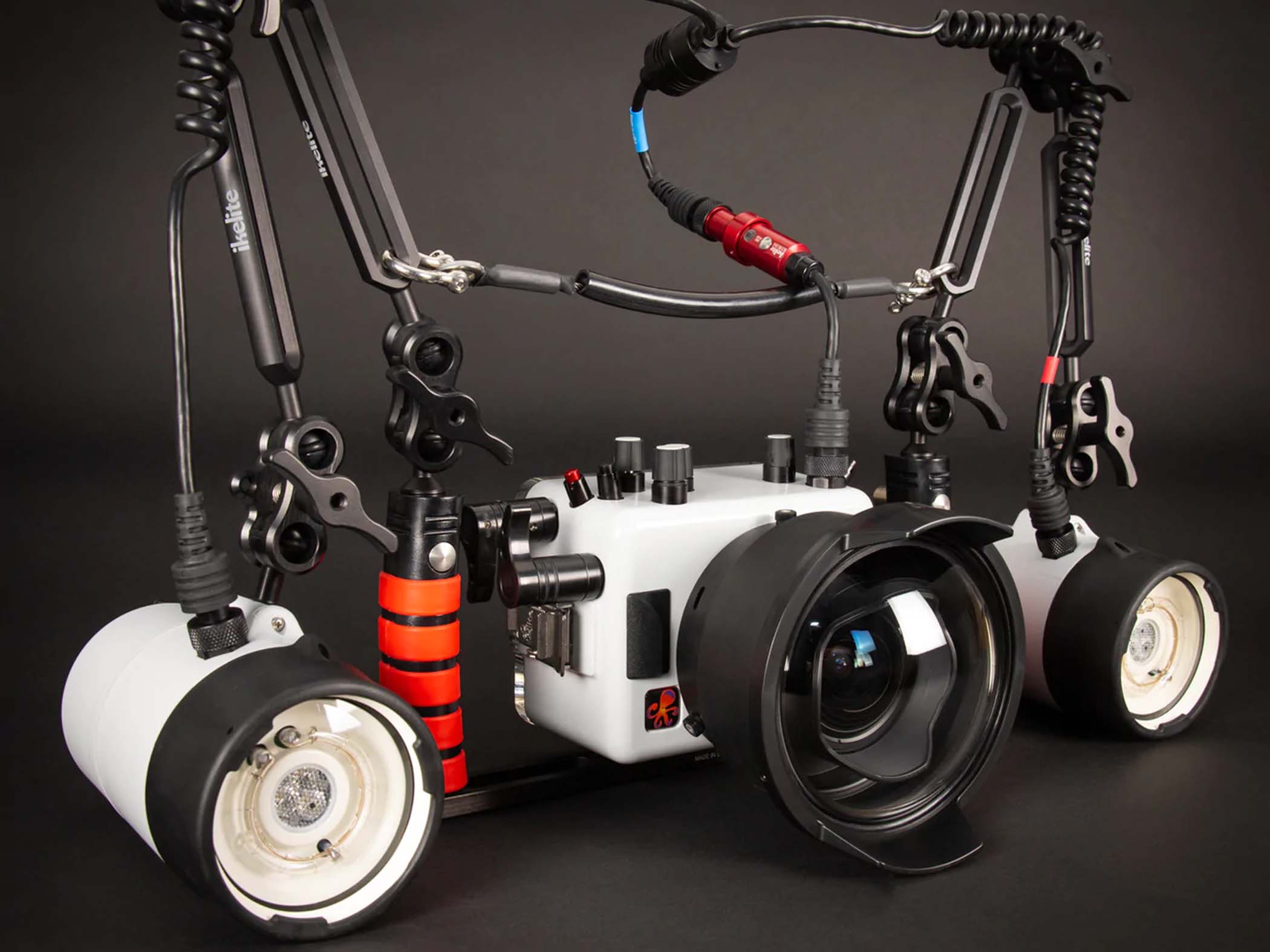The mirrorless equivalent of the crazy popular Canon Rebel SL3 (EOS 250D) may finally be here. This summer Canon announced the first EOS R-series models with APS-C imaging sensor. Shrinking the image sensor makes the new cameras up to 30% smaller and lighter than their full frame equivalent models, the beloved Canon EOS R5 and R6. It also provides a budget-friendly entry point to the RF-mount camera line-up with the R10 starting at under US$1000 (body only).
Both cameras feature an awesome autofocus system inherited from Canon's flagship EOS R3 full frame mirrorless. The 1.6x crop factor of the APS-C sensor provides an advantage to underwater macro shooters, providing greater magnification with mid-range macro lenses which tend to be more affordable and easier to handle.

The new RF-S lenses are significantly smaller and lighter than most full frame RF lenses.
Canon EOS R7
The new Canon EOS R7 increases resolution to 32 megapixels with full width 4K video recording at 60p, and adds in-body image stabilization, a second SD memory card slot, and a dust and moisture resistant body. The extra features come at a US$400 premium.
The R7 also features Canon's new multi-function shoe which was introduced with the R3 in 2021. Along with the new hotshoe is a faster flash sync speed of 1/250 sec.
Canon RF-S Lenses
We have also seen the release of the first two RF-S series lenses with the RF-S 18-45mm F4.5-6.3 IS STM and the RF-S 18-150mm F3.5-6.3 IS STM. Both are compact and lightweight, particularly when compared to their full-frame equivalents.
Comparison to Canon Rebel SL3
The Rebel SL3 compact DSLR camera has been one of our all-time favorites for shooting still images underwater because it's performance to dollar ratio remains unmatched.
The new EOS R10 is nearly identical in specifications the only notable exceptions being a newer autofocus system with 651 autofocus points compared to 9 in the SL3, and faster continuous drive of 15 frames per second (fps) compared to 5 fps.
The biggest difference is the sacrifice of battery life we make when going to mirrorless. At 450 shots per charge, the CIPA battery life rating of the R10 is less than half of the SL3 (CIPA rating 1070 shots per charge). Of course you will pay more for the newest technology. The R10 with 18-45mm kit lens is being offered at $1099 while the SL3 with 18-55mm kit lens retails at $749.
Available Now
200DLM Underwater Housing for Canon EOS R7
200DLM Underwater Housing for Canon EOS R10













